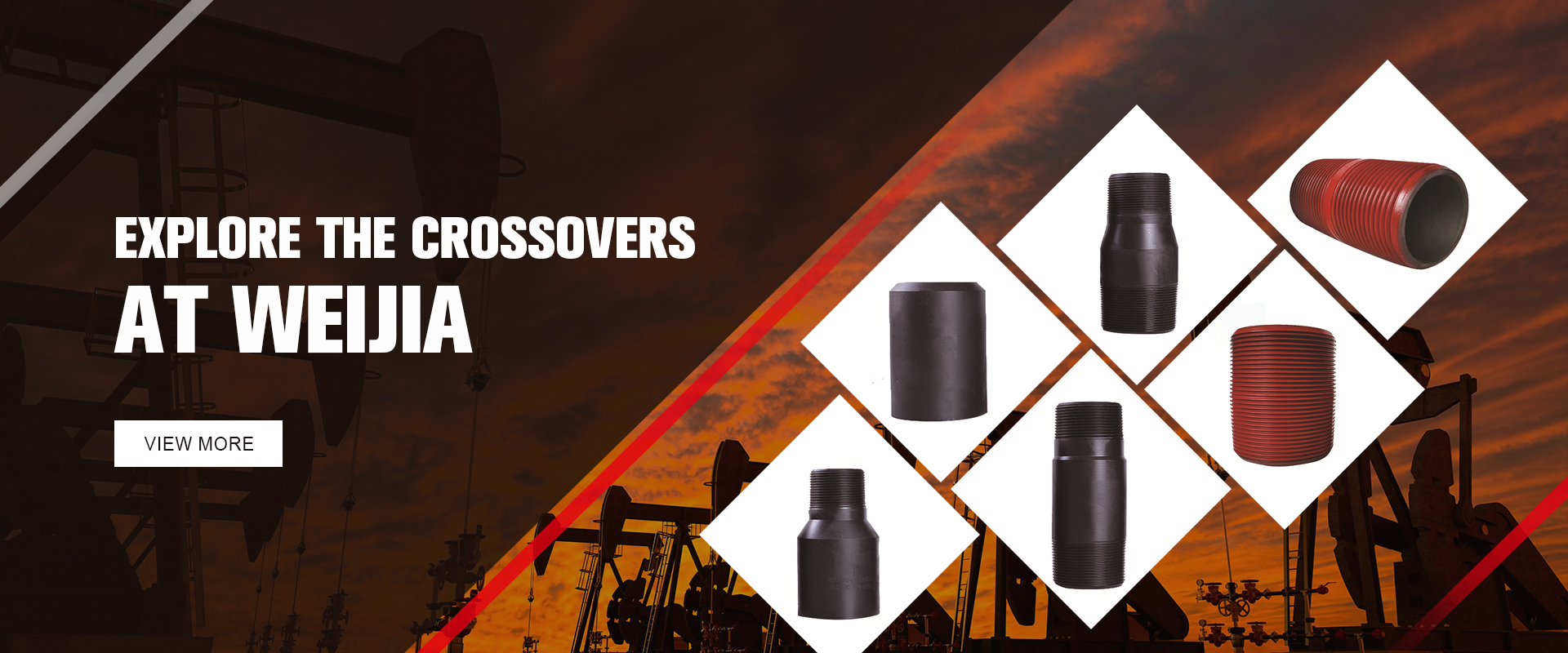- Afrikaans
- Albanian
- Amharic
- Arabic
- Armenian
- Azerbaijani
- Basque
- Belarusian
- Bengali
- Bosnian
- Bulgarian
- Catalan
- Cebuano
- Corsican
- Croatian
- Czech
- Danish
- Dutch
- English
- Esperanto
- Estonian
- Finnish
- French
- Frisian
- Galician
- Georgian
- German
- Greek
- Gujarati
- Haitian Creole
- hausa
- hawaiian
- Hebrew
- Hindi
- Miao
- Hungarian
- Icelandic
- igbo
- Indonesian
- irish
- Italian
- Japanese
- Javanese
- Kannada
- kazakh
- Khmer
- Rwandese
- Korean
- Kurdish
- Kyrgyz
- Lao
- Latin
- Latvian
- Lithuanian
- Luxembourgish
- Macedonian
- Malgashi
- Malay
- Malayalam
- Maltese
- Maori
- Marathi
- Mongolian
- Myanmar
- Nepali
- Norwegian
- Norwegian
- Occitan
- Pashto
- Persian
- Polish
- Portuguese
- Punjabi
- Romanian
- Russian
- Samoan
- Scottish Gaelic
- Serbian
- Sesotho
- Shona
- Sindhi
- Sinhala
- Slovak
- Slovenian
- Somali
- Spanish
- Sundanese
- Swahili
- Swedish
- Tagalog
- Tajik
- Tamil
- Tatar
- Telugu
- Thai
- Turkish
- Turkmen
- Ukrainian
- Urdu
- Uighur
- Uzbek
- Vietnamese
- Welsh
- Bantu
- Yiddish
- Yoruba
- Zulu
Understanding the Measurements and Specifications of Casing Couplings for Oil and Gas Industry Applications
Understanding Casing Coupling Dimensions in Oil and Gas Drilling
In the oil and gas industry, the terms casing and coupling are fundamental to the drilling process. Casing is a set of steel pipes that are inserted into the drilled well to maintain its integrity and prevent the collapse of the wellbore. Couplings, on the other hand, are the connectors that link each segment of casing together. Understanding the dimensions of casing and coupling is crucial for the successful design and execution of drilling operations.
Importance of Casing Dimensions
Casing dimensions are characterized by several key factors, including outer diameter (OD), inner diameter (ID), wall thickness, and length. The outer diameter is vital for ensuring that the casing can be effectively plugged into the borehole, and it also affects the overall strength of the casing. The inner diameter is crucial for determining the flow capacity of the well, as it dictates how much oil or gas can be transported once the well is operational.
Casing wall thickness plays a crucial role in the mechanical strength of the casing. The thicker the wall, the more pressure it can withstand, which is particularly important in high-pressure environments often encountered in oil and gas extraction. Moreover, the length of the casing must be carefully considered to ensure that it reaches sufficient depths to secure hydrocarbon reservoirs while still being manageable in terms of transportation and installation.
Couplings The Link Between Casing Sections
Couplings are essential components in any casing assembly, as they connect various lengths of casing together. They are typically designed with specific dimensions to match the casing sections they are intended to join. Standard dimensions for couplings are determined by industry standards and regulations, which ensure compatibility and ease of use across different manufacturing sources.
casing coupling dimensions

The dimensions of couplings, like casing, include outer diameter, inner diameter, and wall thickness. Couplings must be robust enough to withstand the forces exerted on them during drilling and production. The strength of a coupling can significantly influence the overall integrity of a casing assembly, making it critical that the dimensions are accurate.
Industry Standards and Specifications
To maintain quality and uniformity across different manufacturers, the oil and gas industry relies on standards set by organizations such as the American Petroleum Institute (API). API provides specifications for casing and coupling dimensions, including their materials, performance under stress, and resistance to corrosion. Adhering to these specifications is vital for ensuring safety, reliability, and efficiency in drilling operations.
Technical Considerations
When selecting casing and coupling dimensions, several technical factors must be considered. For instance, the expected formation pressures and temperatures, the potential presence of corrosive elements, and the geological characteristics of the drilling site play significant roles in selecting appropriate casing and coupling dimensions. Additionally, advancements in drilling technology, including horizontal drilling and hydraulic fracturing, necessitate ongoing adjustments to sizing standards and practices to accommodate new techniques.
Conclusion
Casing and coupling dimensions are critical elements in the success of drilling operations in the oil and gas industry. By understanding these dimensions and their importance, operators can better design their casing assemblies to withstand the pressures of extraction while ensuring safety and efficiency. As the industry continues to evolve with advancements in technology and increases in operational complexity, staying updated on casing and coupling specifications will remain essential for successful well completions. Being precise in these dimensions not only enhances the integrity of the drilling process but also contributes to the overall profitability and sustainability of oil and gas projects.
-
Tubing Pup Joints: Essential Components for Oil and Gas OperationsNewsJul.10,2025
-
Pup Joints: Essential Components for Reliable Drilling OperationsNewsJul.10,2025
-
Pipe Couplings: Connecting Your World EfficientlyNewsJul.10,2025
-
Mastering Oilfield Operations with Quality Tubing and CasingNewsJul.10,2025
-
High-Quality Casing Couplings for Every NeedNewsJul.10,2025
-
Boost Your Drilling Efficiency with Premium Crossover Tools & Seating NipplesNewsJul.10,2025







